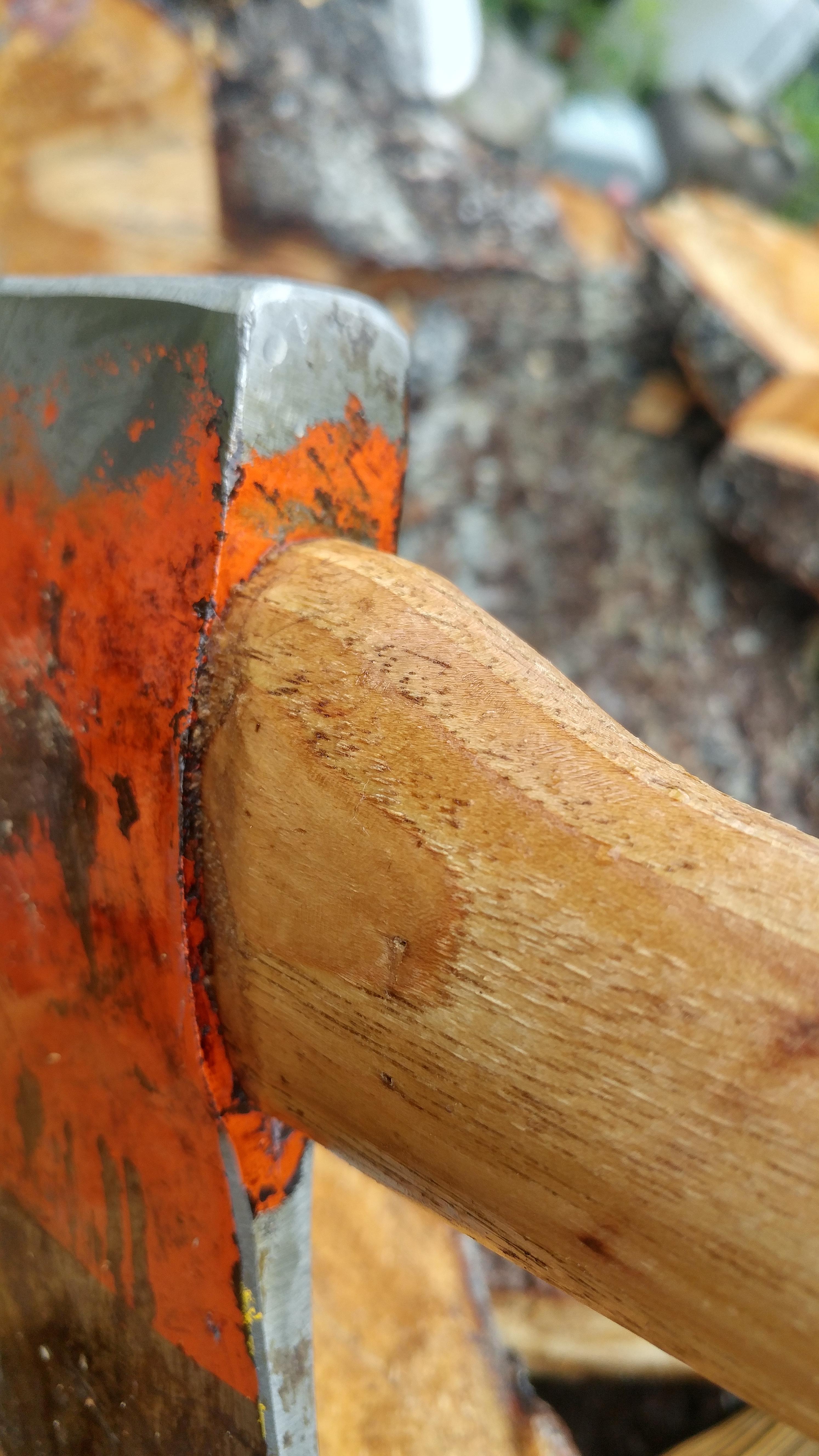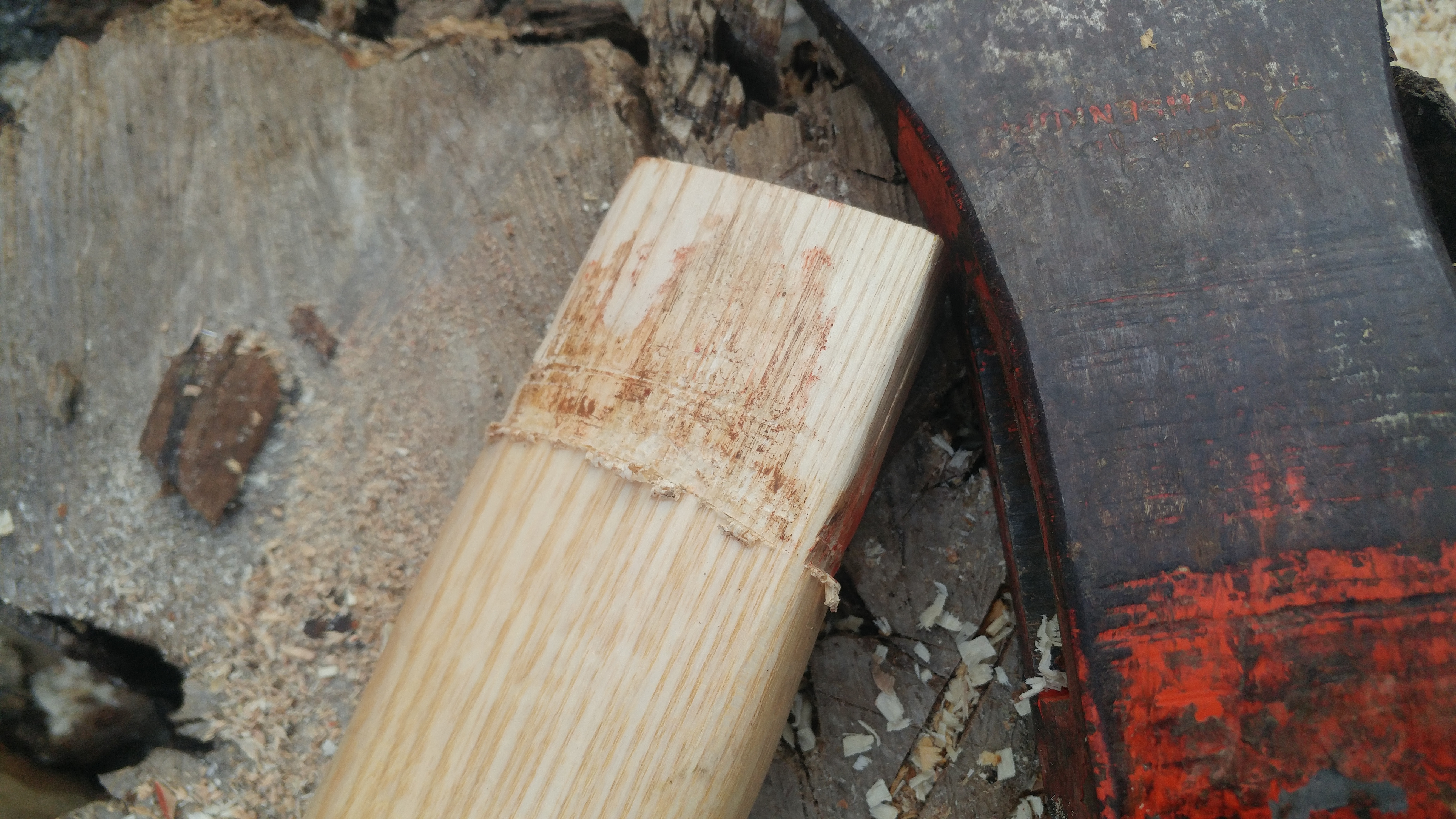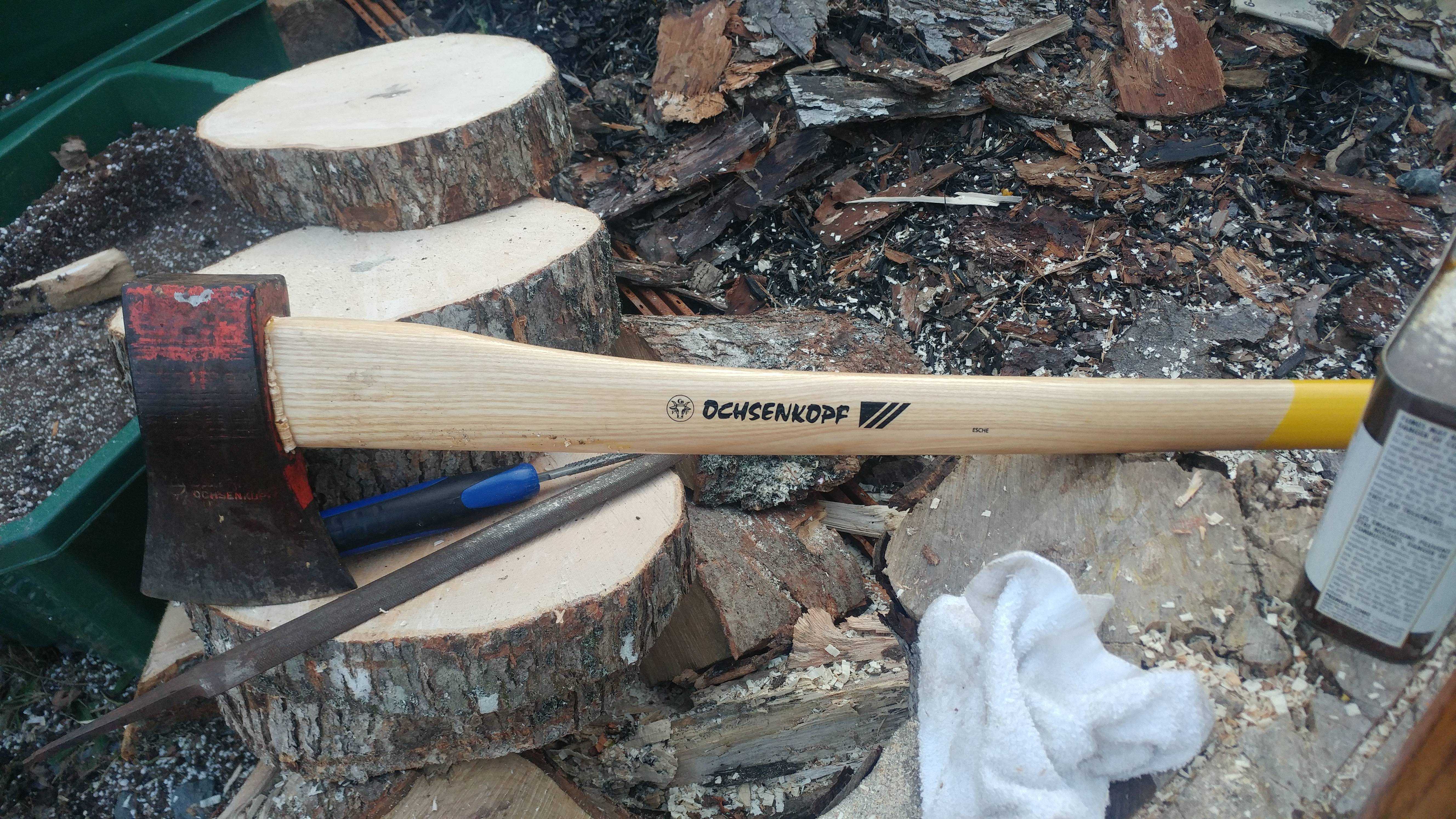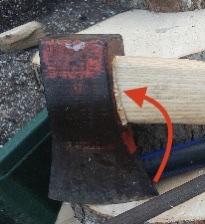MechanicMatt
Cut Split Stack Burn
Y’all got me wanting to load the girls up tomorrow morning and head up to deer camp to go pick up my boys ax I brought up there 23 years ago. I’ll also be grabbing my grandpa’s ax outta the house. My grandma passed last fall and my mom and aunt will be putting the house up for sale this spring. I got dibs on all my gramps tools. I’ve used that old ax a few times there. Mainly when I’d pinch my saw bucking rounds......










